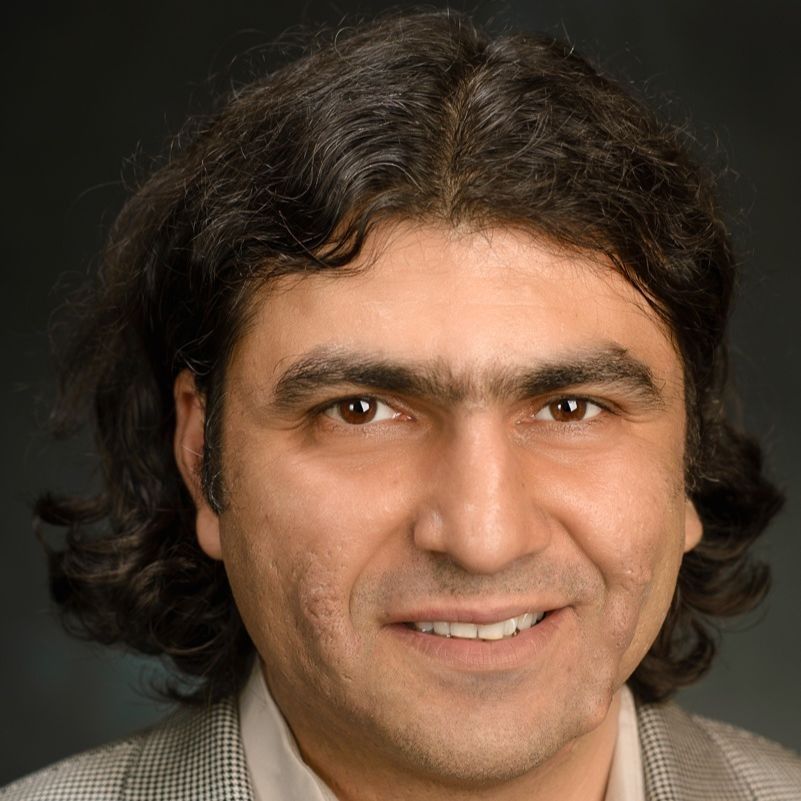Faculty

Dr. Ionut Florescu
Director, The Hanlon Financial Systems Lab
| Position | Research Professor |
|---|---|
| ifloresc@stevens.edu | |
| Stevens Page | View Profile |
| Visit LinkedIn Profile | |
| Google Scholar | Explore Publications |

| Position | Research Professor |
|---|---|
| ifloresc@stevens.edu | |
| Stevens Page | View Profile |
| Visit LinkedIn Profile | |
| Google Scholar | Explore Publications |